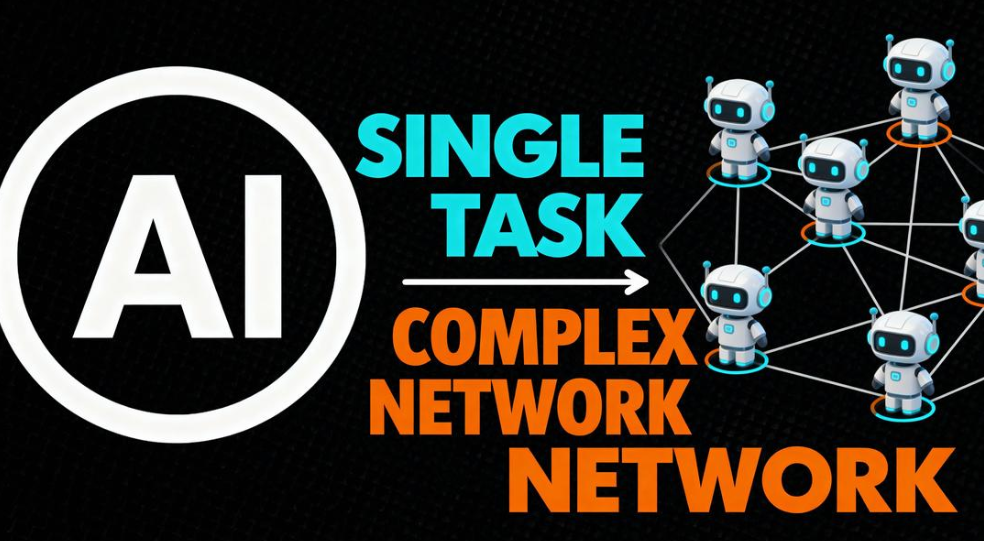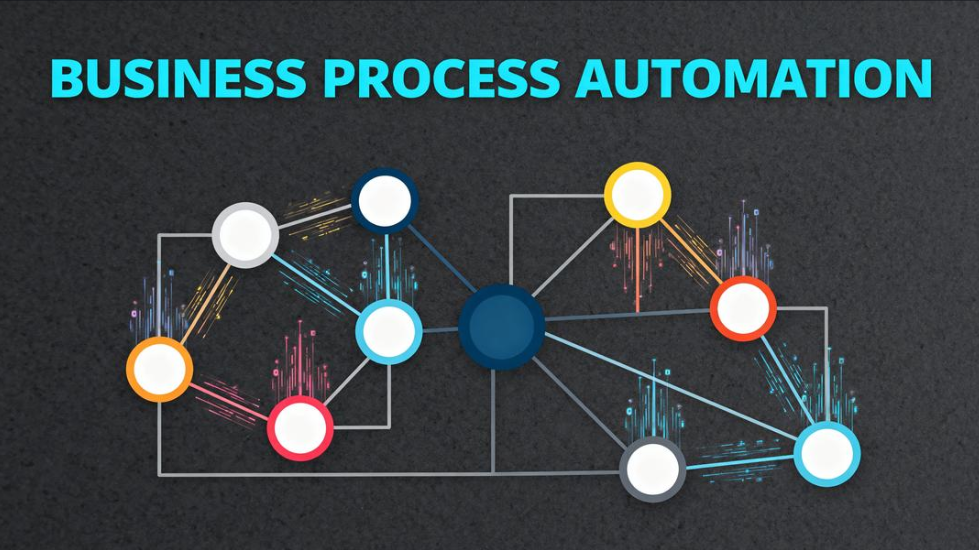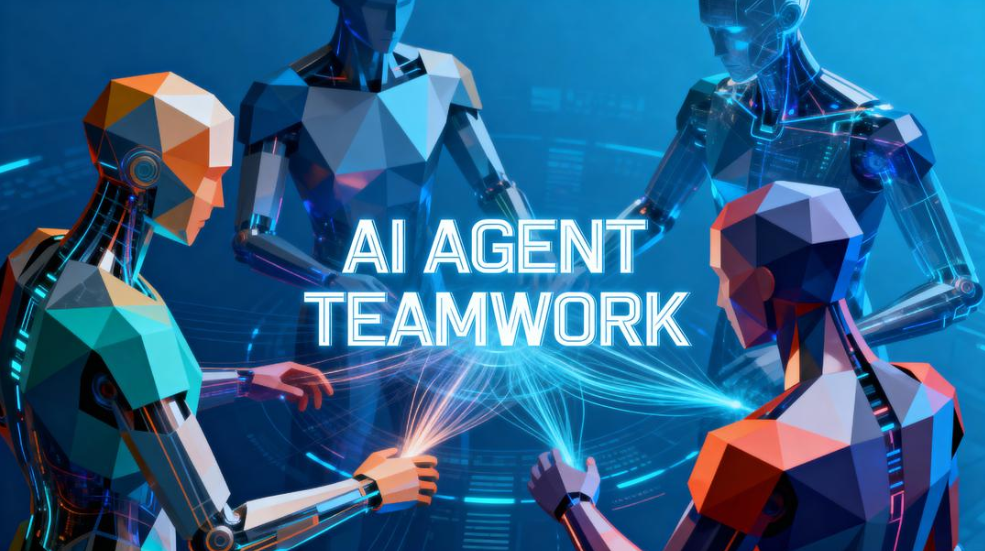Introduction: Reasoning Capability Emerges as the New AI Battleground
OpenAI’s o1 series models, with their deep optimization of “thinking processes,” have shown remarkable progress in solving complex problems—achieving reasoning abilities in mathematics and programming that approach expert human levels. At the same time, xAI’s Grok series has made significant strides in logical reasoning and scientific problem-solving through a uniquely designed reasoning architecture. Together, these advances point to a clear trend: reasoning capability is becoming a key measure of an AI system’s intelligence.
The fact that two major AI players are both prioritizing reasoning highlights a pivotal shift in AI development—from basic information processing toward genuine logical reasoning and complex problem-solving. However, these breakthroughs have largely been achieved in relatively controlled testing environments and still fall short of addressing the real-world challenges businesses face.

The Gap Between Ideal and Reality: From Benchmarks to Business Applications
A closer look at these cutting-edge models reveals a clear limitation: current improvements in reasoning are mostly demonstrated in closed, well-defined academic settings. Whether it’s proving mathematical theorems or breaking records on specialized datasets, these achievements—while impressive—don’t fully align with the complex demands of actual business operations.
The core challenge for enterprises has never been about solving standalone academic problems. Instead, businesses operate in open, dynamic, multi-objective environments. Take global supply chain optimization, for example: this requires balancing dozens of interdependent factors—cost, speed, risk, sustainability—while continuously adapting to disruptions, market shifts, and policy changes.
This is the fundamental mismatch between today’s AI reasoning capabilities and real enterprise needs: there’s a wide gap between academic “strong reasoning” and business-grade “complex reasoning.” Companies don’t need a “straight-A student” that excels in narrow tests—they need a “practical expert” capable of navigating real-world complexity.

LBAI’s Solution: From Specialized Models to an Integrated Team of Experts
LBAI’s “Intelligent Software Factory” takes a fundamentally different approach. Instead of trying to build a single all-powerful model, we’ve created a system that orchestrates hundreds of specialized AI agents working together.
Think of it as the difference between a single brilliant doctor and a modern hospital: even the best physician can’t perform heart surgery alone. It takes an integrated team—anesthesiologists, nurses, monitors—all working in sync. LBAI has built the AI equivalent of that expert medical team.
Scalable Complex Reasoning in Action
When a company poses a challenge like “enhance the resilience of our global supply chain,” the LBAI system activates an end-to-end reasoning pipeline:
Requirement parsing and task decomposition: The system interprets the business intent and breaks down high-level goals into actionable tasks.
Specialized agent orchestration: It automatically deploys the most suitable AI experts—market analysts, risk assessors, logistics optimizers, and more.
Distributed reasoning and collaboration: Multiple agents work in parallel, continuously sharing information and aligning decisions.
Integrated validation and optimization: A multi-tier verification process ensures alignment between local and global optima.
In this workflow, hundreds of specialized AI agents may collaborate: some analyze real-time shipping data, others forecast regional political risks, optimize inventory strategies, or calculate carbon footprints. They don’t reason in isolation—they work as a unified, organic system.

Case in Point: A Reasoning Revolution in Pharmaceutical R&D
In drug discovery—a domain defined by complexity—LBAI’s collaborative reasoning delivers clear value. Traditional R&D involves siloed stages: target identification, compound screening, preclinical studies, each with limited data exchange.
With LBAI’s system, when a research requirement is submitted, it automatically coordinates a multi-disciplinary AI team:
Biology experts analyze disease mechanisms and target viability
Chemistry experts design molecular structures
Pharmacokinetics specialists predict metabolic behavior
Clinical trial experts optimize study designs
These specialized systems don’t just work in sequence—they collaborate deeply. Clinical insights inform molecular design; toxicity predictions influence target selection. This creates a closed-loop reasoning network that turns fragmented decisions into a continuous, data-driven workflow, dramatically boosting R&D efficiency.
Conclusion: The Era of Enterprise-Grade Complex Reasoning Is Here
While AI giants race ahead in academic reasoning, LBAI has already delivered scalable complex reasoning for business. We’ve proven that companies don’t need to wait for general superintelligence—they can deploy tailored reasoning power today.
Models like o1 and Grok-2 show impressive specialized reasoning, but businesses need solutions for open-ended, systemic challenges. LBAI’s Software Factory architecture bridges the gap from “point-based reasoning” to “system-level reasoning,” empowering AI to handle enterprise-scale decision-making.
The future belongs to those who can engineer and productize complex reasoning. With LBAI, that future is already here.